Smartphones are ‘casual dosimeters’
Smartphones can serve as ‘casual dosimeters’ in radiological incidents. By reading the resistors inside them, researchers can accurately determine the individual dose of radiation sustained afterwards. This was demonstrated in a large-scale experiment by SCK CEN. “This is essential to ensure that, in case of high doses due to an accidental situation, medical aid is provided immediately,” emphasises Olivier Van Hoey, dosimetry expert at SCK CEN.
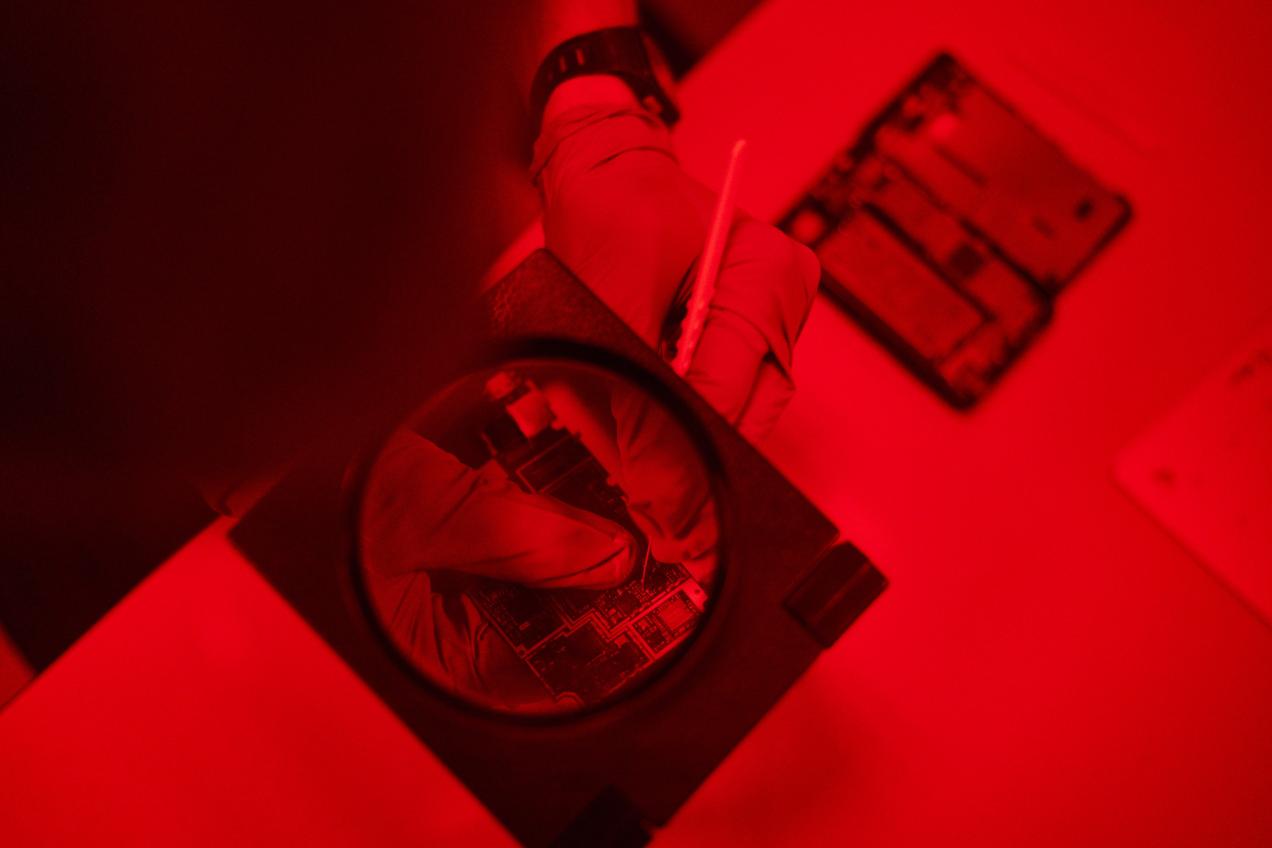
There are typically 10 to 20 resistors in a smartphone's electronic circuitry. These resistors contain aluminium oxide, the same material as some professional dosimeters, which measure ionising radiation. “When we're exposed to ionising radiation and our phone is in our pocket, those resistors in our smartphone absorb part of the radiation energy. This raises the energy level of the electrons in the material. Illuminating the irradiated resistors afterwards causes the electrons to drop back to their original energy state. That releases visible light, which indicates the extent of the radiation dose. The more light, the more radiation,” explains Olivier Van Hoey, dosimetry expert at SCK CEN.
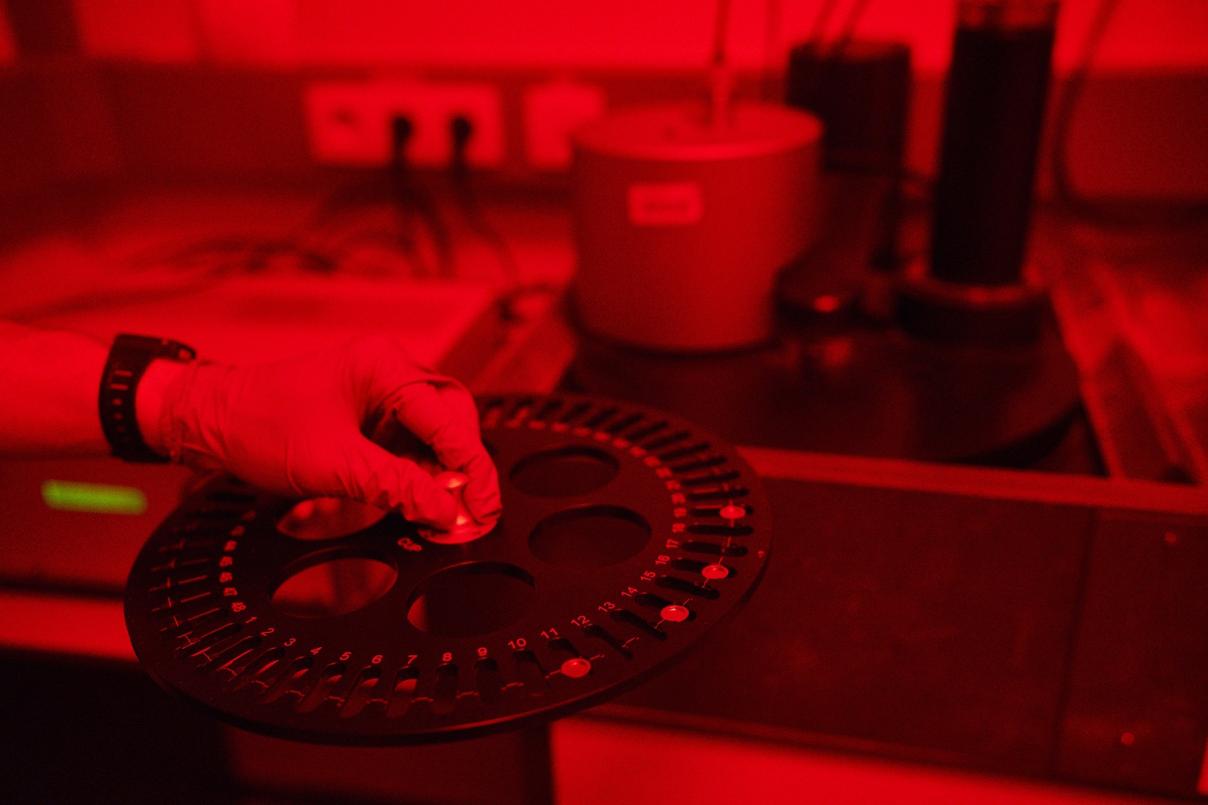
With a large-scale experiment in which SCK CEN simulated a radiological incident, the research centre put the accuracy of the promising technique to the test. It read more than 1,500 resistors in total. “We irradiated most of them beforehand, though not all. We also varied the kind of radiation, the total dose of it and the time between irradiation and readout,” says Van Hoey. Afterwards, the researchers tried to reconstruct the scenario of the incident using the resistors. Because they set the parameters themselves, they know what doses they should actually be measuring. This test shows that the technique is highly accurate. “Medical care is necessary at doses of 1,000 milligray and higher. With this technique, we can measure doses up to 10 times lower with the highest accuracy.”
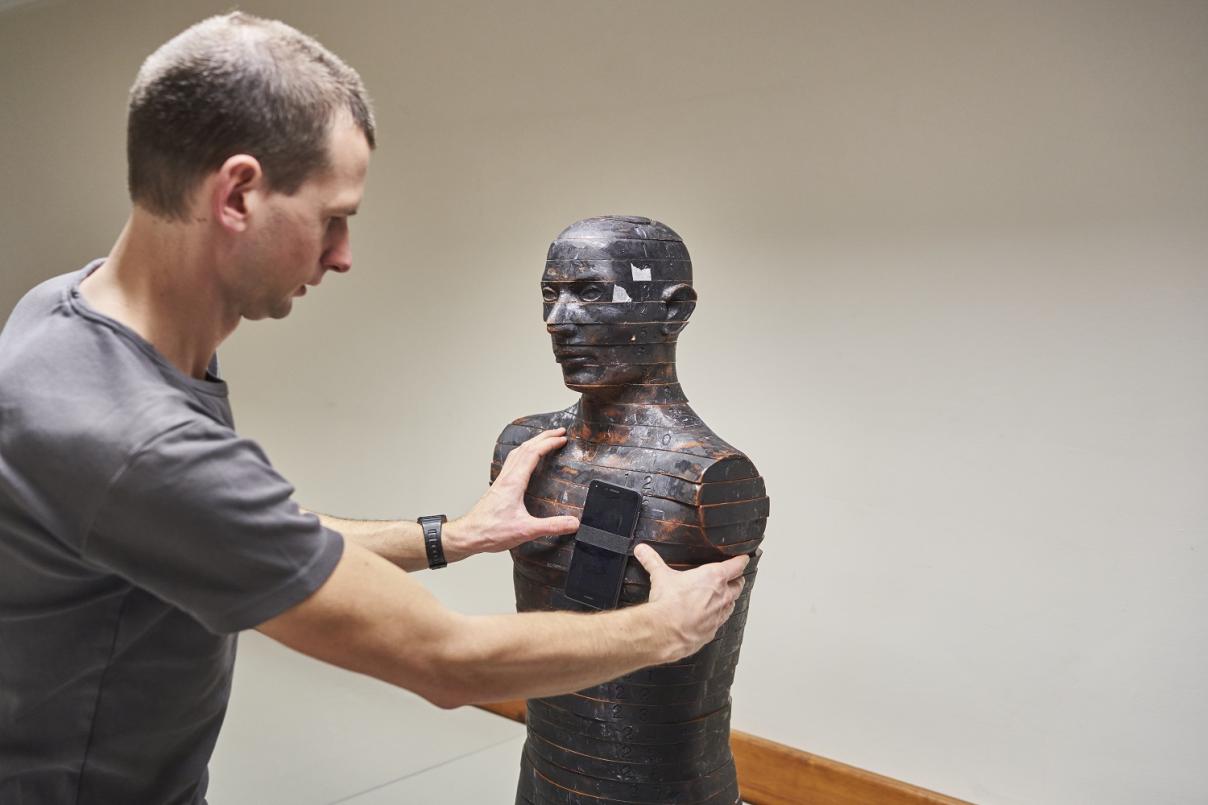
Radiation dose in each separate organ
The researchers set up their experiment such that they could identify and eliminate the technique's limitations. Olivier Van Hoey clarifies: “With the smartphones, we only have a single measurement point for the entire body. That means we don't immediately have information on the dose in the separate organs, which will each sustain a different dose. How the two relate depends on how you carry your smartphone and how you stand or move. Is your smartphone in your left or right trouser pocket? Are you standing with your back to the radiation source? From what angle is the radiation coming? From a right angle or at a slant?”
To clarify that, the SCK CEN researchers irradiated anatomical torsos. The torsos were carrying smartphones at different positions and were internally full of professional dosimeters. Van Hoey: “What dose are we measuring in the smartphones' resistors? And what dose did the professional dosimeters in the organs show? That's how we were able to translate between the two.”
Follow-on research
A whole array of logistics must be set up after a nuclear incident. It is a race against the clock: collecting smartphones, disassembly, reading the resistors, etc. The longer it takes for the results, the weaker the signal in the resistors is. “Ideally, measurement would take place right after the incident, but that's not feasible in practice. That's why follow-on research is needed to reveal the speed at which the signal decreases and how factors like temperature influence this process,” concludes Van Hoey. The research partners are aiming for a digital database for quickly converting the dose in the resistors into an organ dose.
European dosimetry association EURADOS
SCK CEN collaborated with Public Health England (PHE) and Helmholtz Zentrum München (HMGU) for this project. They added their expertise, knowledge and manpower to the mix in the struggle to make the translation between the dose measured in the resistors on the one hand, and the dose sustained in organs on the other. The three institutions are part of the European dosimetry association EURADOS (European Radiation Dosimetry Group), which brings together more than 75 European institutions and 620 scientists.
Related articles
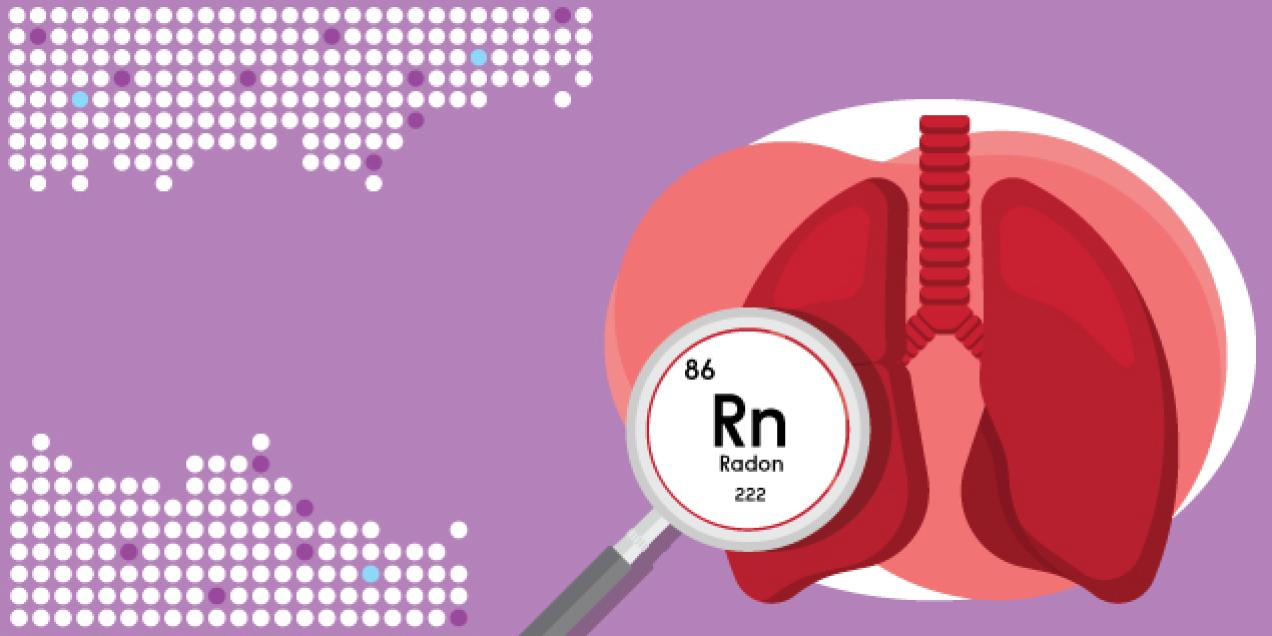 25 June '24
25 June '24- 17 April '24
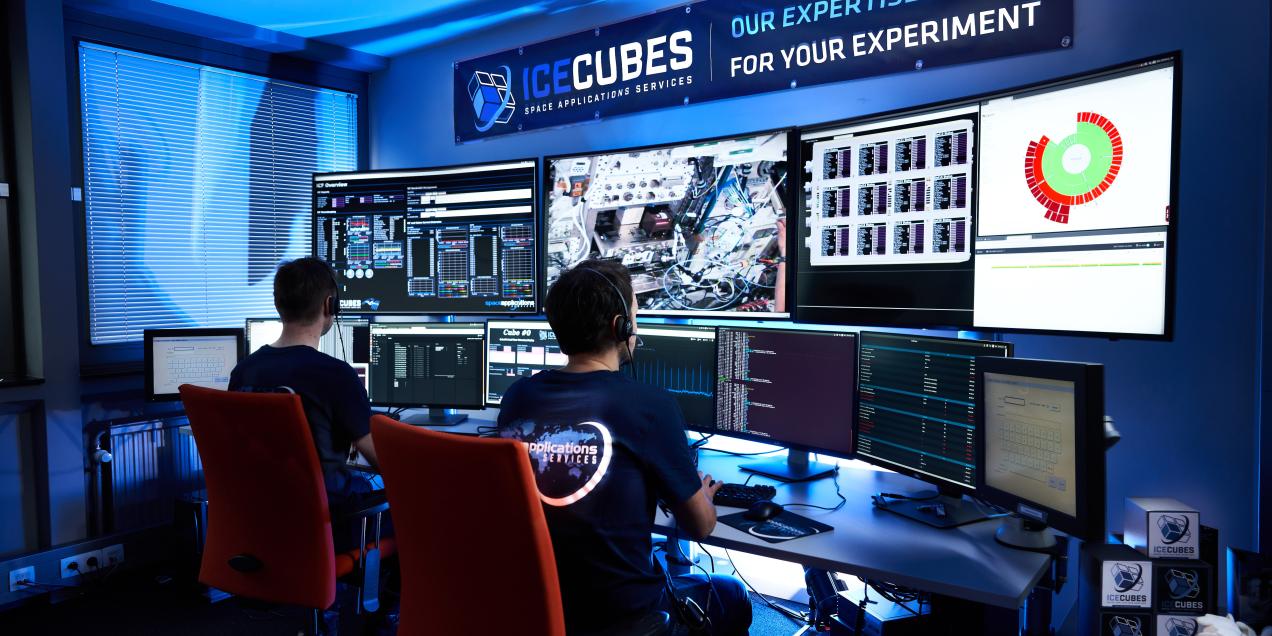 30 August '23
30 August '23